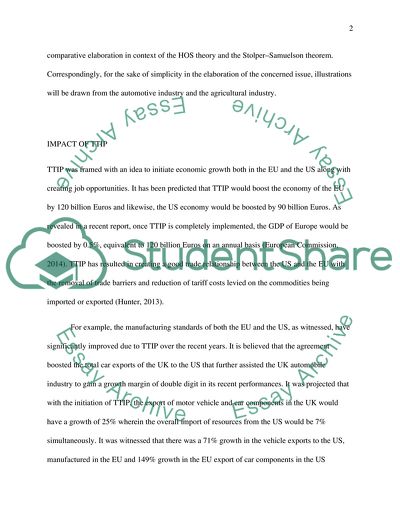Cite this document
(Study for international trade HOS model Essay Example | Topics and Well Written Essays - 1750 words, n.d.)
Study for international trade HOS model Essay Example | Topics and Well Written Essays - 1750 words. https://studentshare.org/macro-microeconomics/1817697-study-for-international-trade-hos-model
Study for international trade HOS model Essay Example | Topics and Well Written Essays - 1750 words. https://studentshare.org/macro-microeconomics/1817697-study-for-international-trade-hos-model
(Study for International Trade HOS Model Essay Example | Topics and Well Written Essays - 1750 Words)
Study for International Trade HOS Model Essay Example | Topics and Well Written Essays - 1750 Words. https://studentshare.org/macro-microeconomics/1817697-study-for-international-trade-hos-model.
Study for International Trade HOS Model Essay Example | Topics and Well Written Essays - 1750 Words. https://studentshare.org/macro-microeconomics/1817697-study-for-international-trade-hos-model.
“Study for International Trade HOS Model Essay Example | Topics and Well Written Essays - 1750 Words”. https://studentshare.org/macro-microeconomics/1817697-study-for-international-trade-hos-model.


